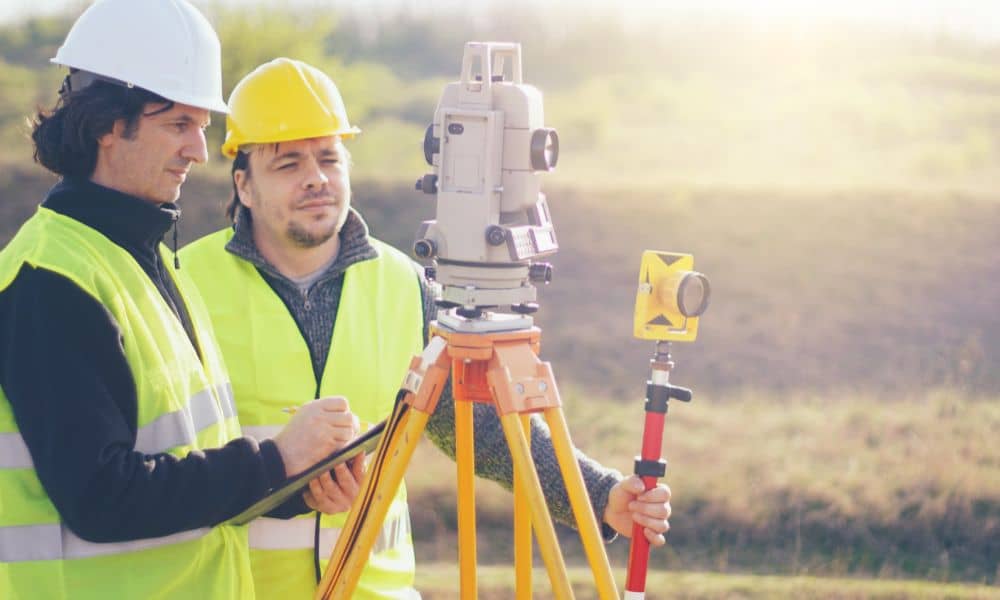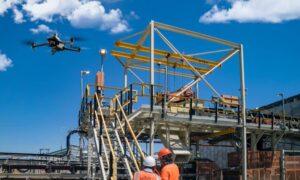
Before an ALTA survey begins, there’s a crucial step that many property buyers, investors, and real estate professionals overlook: documentation. Without the right paperwork in place, surveys can be delayed, results can be inaccurate, and deals can fall through. This article breaks down exactly what documents are needed to make sure your ALTA survey goes smoothly. If you’re involved in a commercial real estate transaction, this guide is for you. It helps ensure a clear, accurate, and legally compliant survey—saving time, money, and stress.
Coordination Among Professionals Involved in the Survey Process
To start, coordination is key. Several professionals are involved in preparing for an ALTA survey:
- Legal counsel checks property rights and ownership history.
- Surveyors use legal documents to identify property lines.
- Title officers provide important records like title commitments.
Everyone must be clear on what documents are needed, who provides them, and when. This avoids delays and confusion during the survey process.
Legal Instruments That Must Be Collected Before Field Work Begins
Surveyors cannot begin without the correct legal records. These include:
- Deeds with accurate legal descriptions of the property.
- County records showing lot splits, combinations, or subdivision history.
- Any older surveys that can affect layout or boundary interpretation.
These documents give the surveyor a full picture of the property’s legal footprint.
Recorded and Unrecorded Easements That Influence Survey Data
Easements whether public or private must be disclosed:
- Utility easements for power, water, or sewer lines.
- Access easements for shared driveways or roads.
- Private agreements that may not be recorded but still impact use.
Surveyors need these in advance so they can locate and show them accurately.
Regulatory Documentation That Affects Survey Accuracy
Phoenix zoning and municipal rules can also impact the survey:
- Development permits and approved site plans.
- Zoning overlays, height limits, and setback requirements.
- Notices or restrictions filed by city or county agencies.
This information helps ensure that the property use matches zoning and boundary rules.
Documentation Linked to Specific ALTA Table A Requests
Clients and lenders often ask for extra survey items through ALTA Table A:
- Locations of utilities, parking spaces, or building heights.
- Surveyors may need permits, building plans, or third-party data to complete these.
Clients should clarify their Table A requests early and submit all needed documents.
Document Delivery Standards That Prevent Rework
How you deliver your documents matters:
- PDF or digital copies are preferred for easy sharing and reading.
- Incomplete scans or missing pages often delay the survey.
- A final document checklist helps keep everyone on track.
FAQs
1. How long does it take to prepare documents for an ALTA survey in Phoenix AZ?
It depends on the property size and deal complexity, but with the right team, documents can usually be collected in 3 to 7 business days.
2. Can I use an older title commitment for the survey?
No, always provide the most recent title commitment to avoid incorrect or outdated data.
3. What happens if an easement is missing from the documents?
The surveyor may not be able to show it on the survey, leading to legal or access issues later.
4. Who provides the ALTA Table A list?
Usually the lender or buyer outlines Table A items, but the surveyor can assist with common options.
5. Can you help collect missing documents from the title company or city offices?
Yes, we regularly coordinate with third parties to secure everything needed for a complete ALTA survey.





